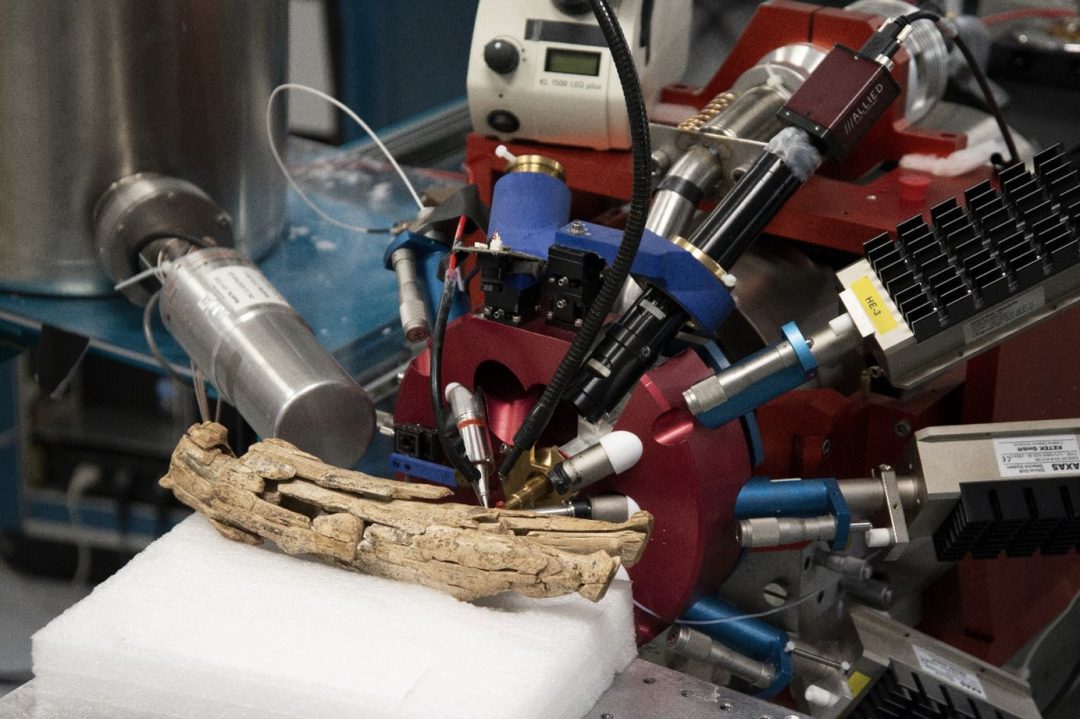User: Kurt Wehrberger
Organisation: Museum Ulm (DE)
Technique requested: Particle Induced X-ray Emission (PIXE)
Particle Induced Gamma-ray Emission (PIGE)
Facility: Grand Louvre Accelerator for Elemental Analysis (FR)
Non-invasive combined micro-PIXE/PIGE/RBS analyses and imaging of the Palaeolithic mammoth ivory sculpture called Lion man, an uncarved tusk and ivory fragments from the same burial context of Hohlenstein-Stadel, Southern Germany, were performed at the New AGLAE facility in the C2RMF, in Paris. With an age of about 35000 years, this sculpture belongs to the oldest known carved 3D objects in the world. The experiments were intended to show:
- if the ivory material of the Lion man is similar to that of the uncarved mammoth tusk found at the same cave site in order to verify if the studied ivory material is likely to belong to the same mammoth
- if the characteristic trace elemental composition of the objects from Hohlenstein-Stadel are similar or different to the other studied ivories from Southwestern Germany and on a larger scale to those of other contemporary sites in Europe they will evidence regional patterns of the origin and use of mammoth ivory
- the impact of diagenesis on ivory from varying archaeological contexts and to assess the feasibility of further chemical analyses aimed at sourcing or otherwise differentiating ivory specimens from different regions of Europe. This also includes research on the preservation of organic components.
- the possible use (symbolic feeding with organic substances?) of the therianthrophic ivory figurine in a Palaeolithic community in connection with probably cultic rituals.

